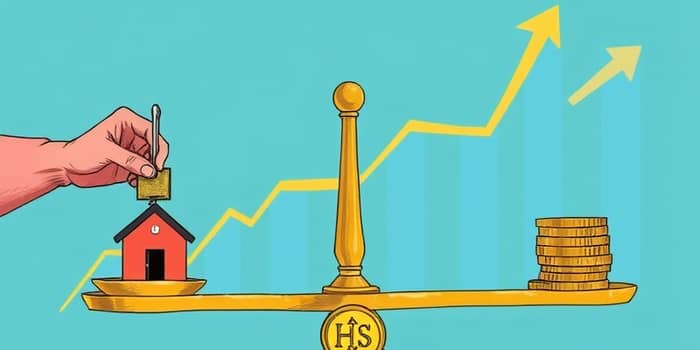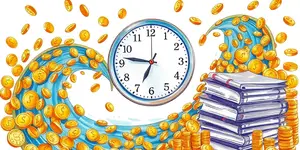
As interest rates climb, borrowers face steeper costs on unsecured credit such as personal loans and credit cards. In volatile economic times, locking in a lower borrowing rate can be the difference between manageable debt and overwhelming financial strain. Secured loans offer a sanctuary by leveraging collateral to access capital at more favorable terms. This article explores the mechanics, benefits, and risks of secured borrowing, equipping you with actionable insights to navigate high-rate environments and maintain financial resilience.
Loans fall into two broad categories: secured and unsecured. backed securely by your assets, such as a house, car, or savings account. By pledging collateral, you reassure lenders that they can recover value in case of default. Common examples include mortgages, car loans, home equity lines of credit, and deposit-secured loans offered by credit unions.
In contrast, unsecured loans require no collateral, relying solely on borrower creditworthiness. Products like credit cards and personal signature loans carry higher interest rates to offset lender risk. When central banks raise benchmark rates, unsecured rates can surge dramatically, often reaching double digits in APR, while secured loans remain comparatively stable.
When central banks hike rates to combat inflation, borrowing costs rise across the board. Lenders perceive lower risk on secured loans since collateral serves as a form of protection. This low variable cost advantage translates into interest rates that may track your savings rate plus a modest margin—often 1–3%. For example, with a savings account APY of 0.5%, deposit-secured loans might offer rates as low as 1.5–3.5% APR, even when unsecured rates climb above 12%.
Secured borrowing not only reduces the interest burden but also widens access to credit. Borrowers with less-than-perfect credit scores or higher debt-to-income ratios stand a better chance of approval, as collateral diminishes lender exposure. The result is a more inclusive credit environment that can be lifesaving when traditional loan markets tighten.
Home equity products top the list for many homeowners. Home equity loans and lines of credit (HELOCs) let you tap built-up home value at competitive rates, often in the 4–8% APR range. These funds can be used flexibly for debt consolidation, home improvements, or major one-time expenses.
Vehicle title loans provide faster approvals but usually carry slightly higher rates, reflecting the smaller collateral base and administrative costs. Deposit-secured loans, where a certificate of deposit (CD) or savings account backs the loan, typically deliver the lowest rates available. Credit unions often excel here, offering minimal fees and industry-leading interest rate discounts.
Responsible borrowers can leverage secured loans to optimize their financial standing, but no solution is without trade-offs. Before pledging collateral, evaluate your risk tolerance and ability to meet repayment obligations.
In periods of rising rates, strategic deployment of secured loans can preserve your cash flow and safeguard your budget. Debt consolidation is a prime application: refinance credit card balances or high-rate personal loans into a single, low-rate secured loan. This streamlines payments and can save thousands in interest over time.
Furthermore, responsibly managing a secured loan can establish or reinforce credit history. Timely payments show lenders your reliability, potentially unlocking even better terms on future financing. For those with emergency expenses and tight budgets, the ability to respond swiftly to market changes may mean the difference between seizing opportunities and facing financial hardship.
Finding the optimal secured loan requires research and preparation. Start by comparing offers from multiple lenders—banks, credit unions, and online institutions all have unique rate structures and fee schedules. Always inquire about pre-qualification, which allows you to gauge rates without a hard credit inquiry.
Maintain a healthy debt-to-income ratio by minimizing outstanding balances and demonstrating stable income. Shop for deposit-secured products if you hold a substantial savings or CD balance, as these often yield the lowest available loan rates. If you own property, calculate your home equity carefully, leaving a buffer to avoid overleveraging. Finally, read the fine print on origination fees and repayment terms to ensure you’re not caught off guard.
When interest rates spike, secured loans can serve as a dependable lifeline for borrowers seeking affordable capital. By using collateral, you negotiate better rates, improve approval odds, and gain access to larger sums—even amid economic uncertainty. Yet this power comes with responsibility: always borrow within your means and prioritize consistent repayments to protect your valuable assets.
Armed with the insights in this article—spanning definitions, rate comparisons, strategic uses, and practical tips—you’re ready to approach secured loans with confidence. Whether you aim to consolidate debt, finance a major purchase, or build credit, these products can play a key role in preserve your financial health during turbulent times.
References













